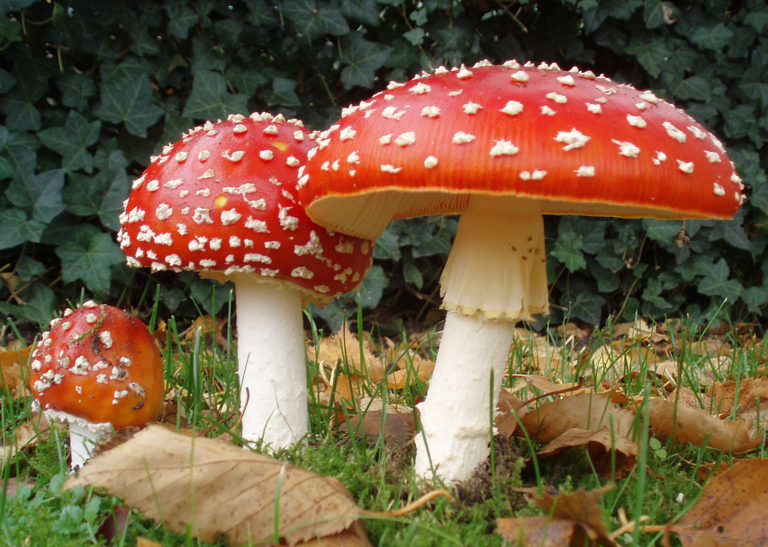The use of red mushrooms, particularly Amanita muscaria, commonly known as fly agaric, in folk medicine is a topic rich with history, controversy, and emerging interest. This striking red mushroom, easily recognizable by its vibrant color and white spots, has been a part of traditional healing practices for centuries, albeit with a complex and often misunderstood background.
Amanita muscaria has a storied history in various cultures, often associated with mystical and spiritual experiences. In folk medicine, these mushrooms were used for their psychoactive properties, believed to induce visions and alter states of consciousness. However, it’s important to note that Amanita muscaria is also toxic and can cause serious health issues if not prepared correctly.
The primary active compounds in Amanita muscaria are muscimol and ibotenic acid. These substances can alter the functioning of the nervous system, leading to psychoactive effects. In traditional practices, the mushroom was often dried and then consumed to reduce its toxicity. The drying process converts ibotenic acid into muscimol, which is less toxic and more potent in its psychoactive effects.
In contemporary times, the interest in Amanita muscaria has seen a resurgence, particularly in the context of microdosing. Microdosing involves taking small, sub-perceptual doses of a psychoactive substance. Advocates of microdosing fly agaric suggest that it can enhance mental clarity, emotional balance, and spiritual wellbeing, though scientific research in this area is still in its infancy.
The commercial availability of Amanita muscaria has also expanded, with products like “OM.SHROOMS’ dried Amanita muscaria mushroom” being marketed for these microdosing practices. These products typically offer the mushrooms in various forms, such as powder or capsules, making them more accessible and easier to dose than traditional methods. The powder form is often preferred for its ease of use in microdosing, allowing precise control over the amount consumed.
The use of dried caps is another popular method. In this form, the mushrooms retain much of their original potency but are less likely to cause the adverse effects associated with fresh Amanita muscaria. Users claim that consuming dried caps can lead to a state of heightened awareness and a deeper connection with the natural world.
Despite its potential benefits, the use of Amanita muscaria in folk medicine remains controversial. The mushroom’s psychoactive properties and toxicity make it a subject of legal restrictions in many countries. Moreover, the lack of comprehensive scientific studies means that much of the knowledge about its effects and safety is anecdotal.
In conclusion, the use of Amanita muscaria in folk medicine is a complex issue, blending ancient traditions with modern practices like
microdosing. While its striking appearance and historical significance in various cultures make it a fascinating subject, the potential risks associated with its psychoactive and toxic properties cannot be overlooked. The emergence of products like OM.SHROOMS’ dried amanita muscaria mushroom, available in forms such as powder and capsules, reflects a growing interest in the potential therapeutic uses of these mushrooms. However, it is crucial for anyone considering using Amanita muscaria for medicinal purposes to approach it with caution, respect for its potency, and a clear understanding of its effects. The balance between traditional folk practices and modern scientific research is key in unlocking the potential benefits of this enigmatic mushroom, while ensuring safety and efficacy. As with any form of alternative medicine, consultation with healthcare professionals is advised, especially given the mushroom’s complex chemical composition and psychoactive properties. The future of Amanita muscaria in folk medicine will likely hinge on further scientific exploration and a deeper understanding of how to harness its properties safely and effectively.
